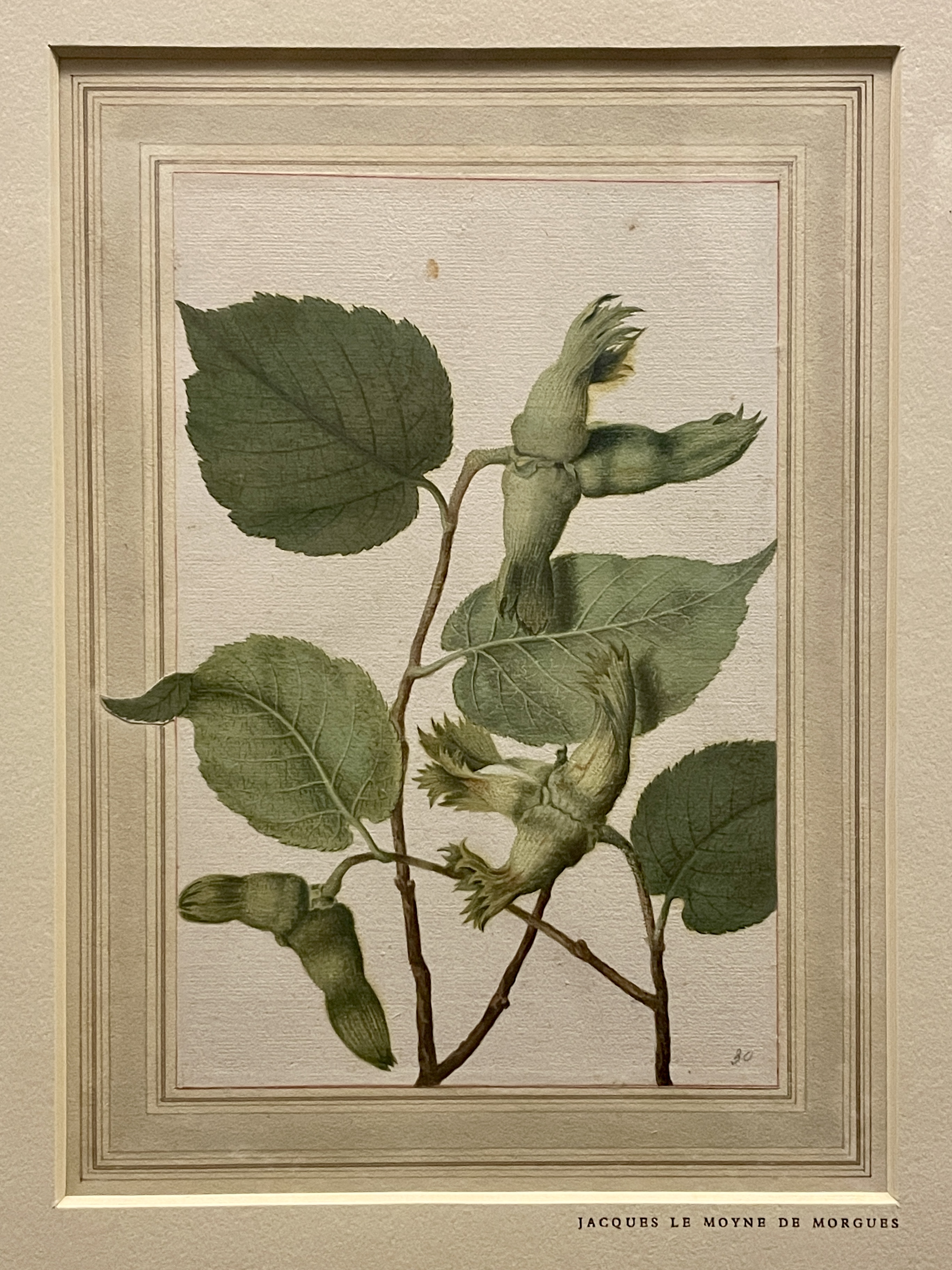

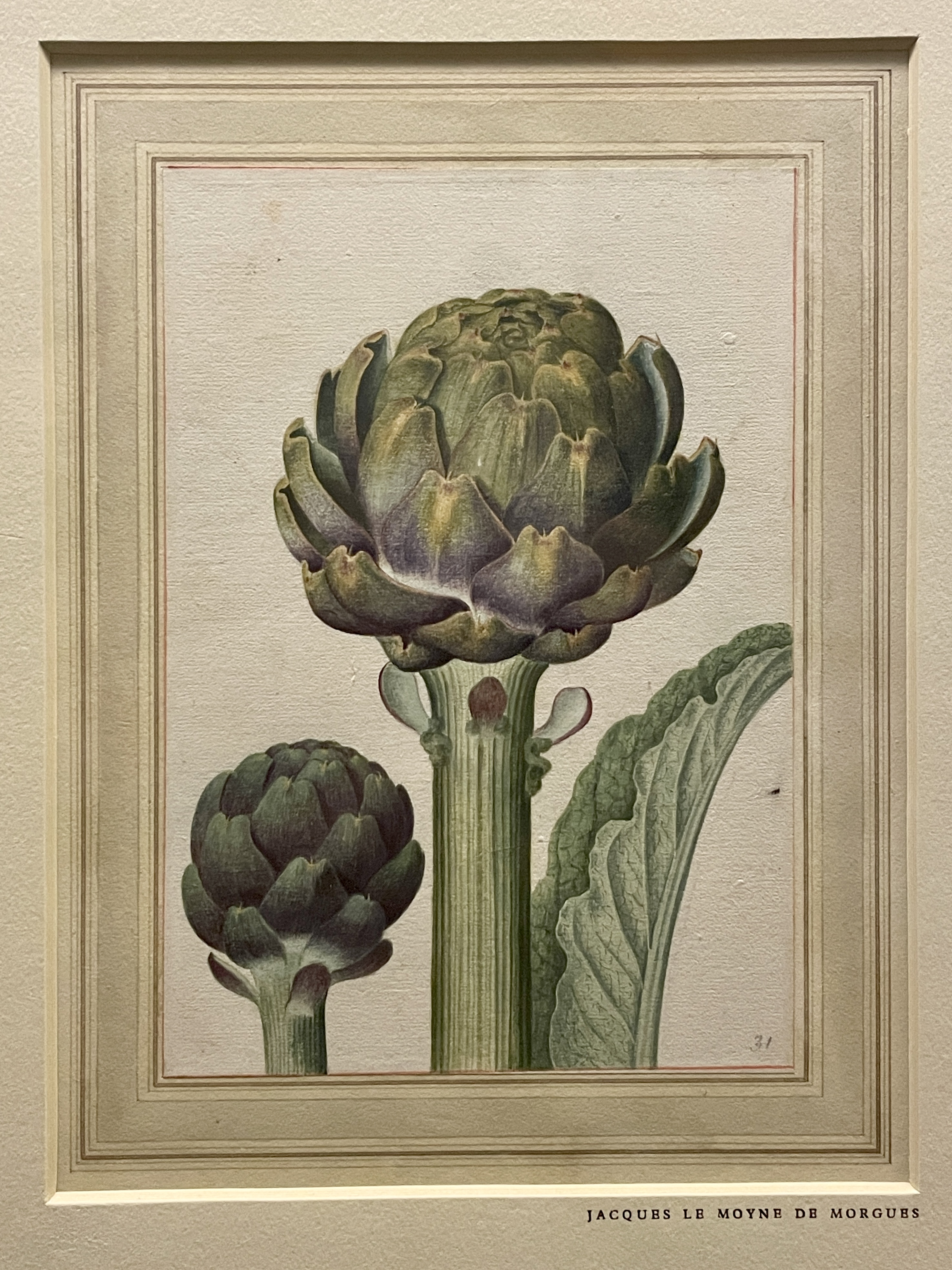
11. Low Relief
Up until this point I had not done any decorative carving in stone, so we chose this as the next project. Of all the things one could be asked to carve on a headstone, flowers are one of the most common.
The inspiration for this piece started with visiting the British Museum Drawing and Prints room to see an exhibition of botanical watercolours by the 16th century artist Jacques Le Moyne, ‘The Genius of Nature’. The description for the exhibition read as follows:
Born in France, Jaques Le Moyne (c. 1533-1588) moved to London shortly before 1580. As a French Protestant, known at this date as a Huguenot, he faced persecution from the Catholic state during the Wars of Religion. He was already well-known for his interest in natural history, having served as artist and cartographer on a French Protestant expedition to North American in 1564-5, which had unsuccessfully tried to establish a colony in Florida.
The British Museum has a remarkable series of botanical studies by Le Moyne, all of which were originally part of an album complied from the Elizabethan courtier Lady Mary Sidney. These striking naturalistic images of fruit, flowers and insects aim to satisfy both aesthetic demands and the growing interest, in the later 16th century, in scientific classification and identification. Many of these drawings were later used as the basis for woodcuts in La Clef des Champs, a woodcut pattern book complied in 1586. Copyright British Museum.
Le Moyne's watercolours provided a good starting point, as he had already approached the subject matter with a view to distil its key attributes, translating his observation onto paper, in much the same way that I would need to do.
What struck me initially was the clarity of composition, Figs. 1 + 2 show a couple of branches from a tree which fill the frame but also provide visual variety in the use of different angles of leaves and fruits, the front of a leave, the back, how a leave twists. I found particularly interesting how he shows the plant at different stages in its development, in Fig. 2, the oak branch, from left to right the acorns start out green and gradually turn brown, displaying its life cycle over the passing of time.
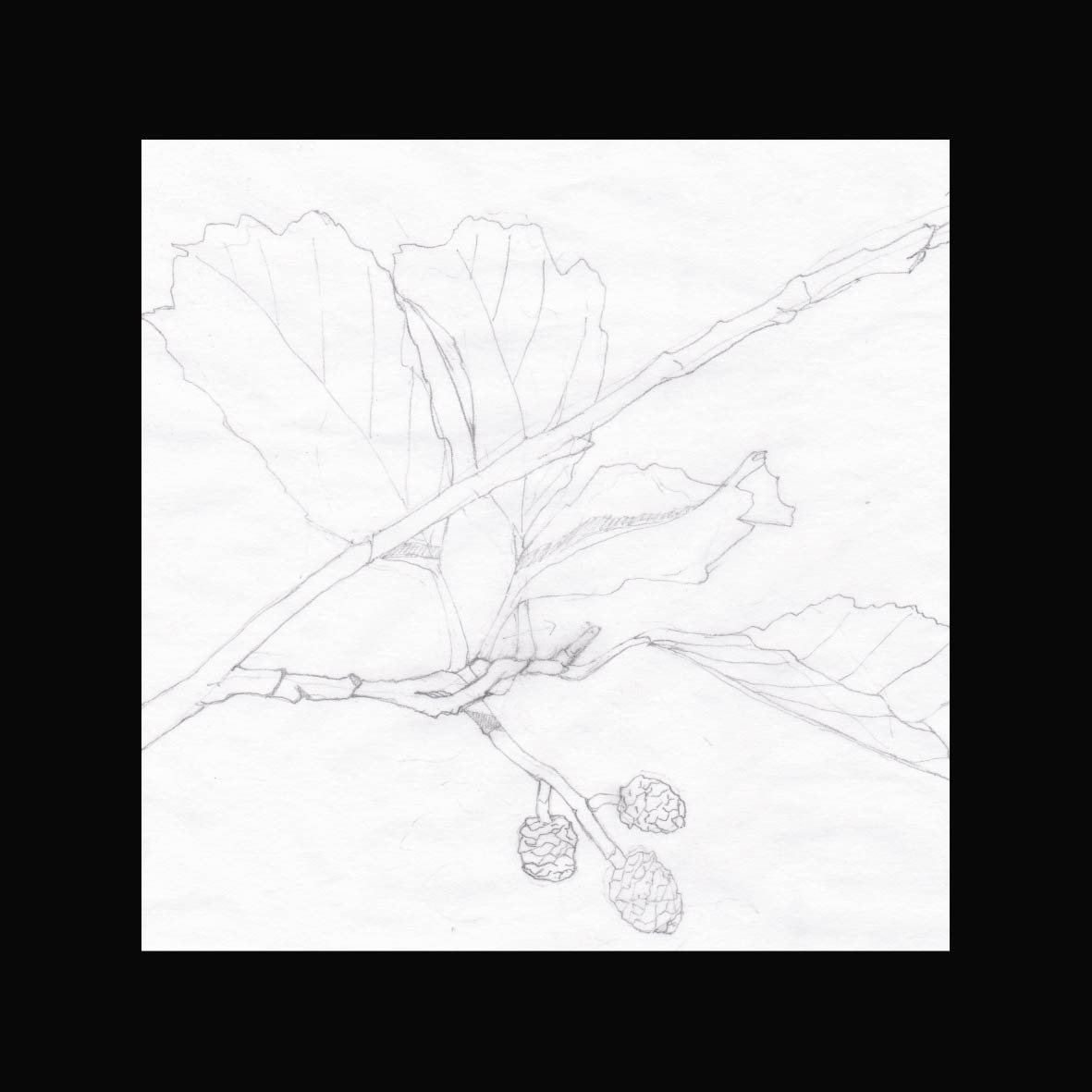

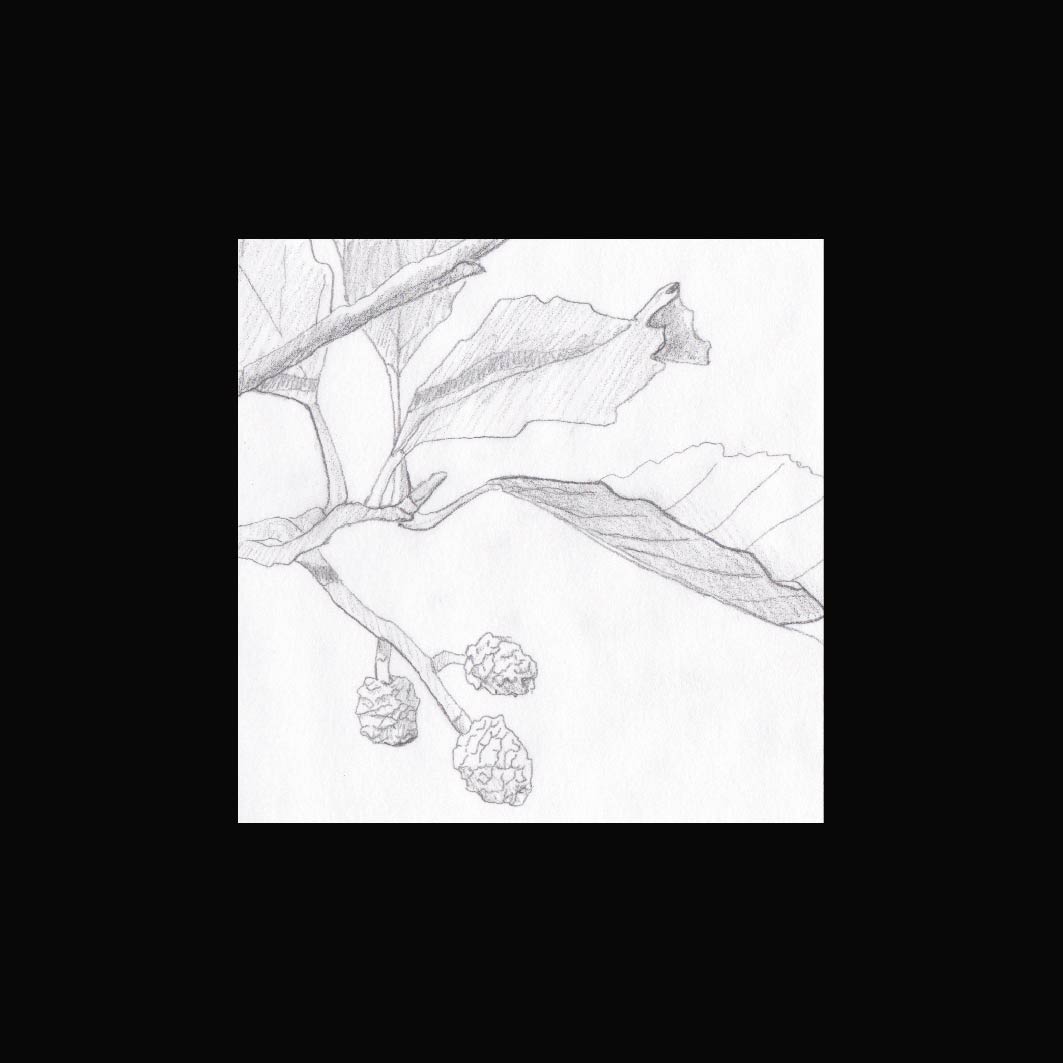

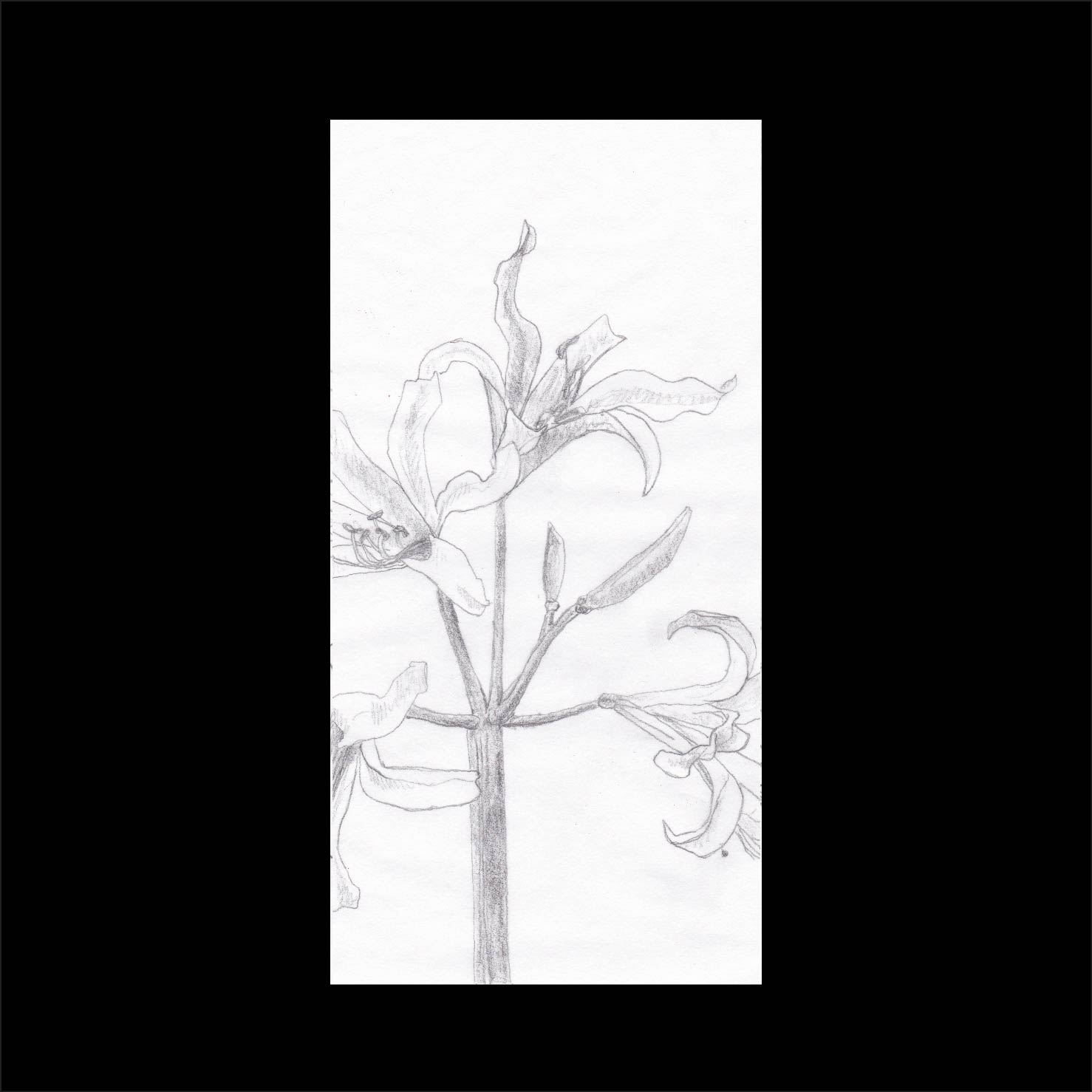
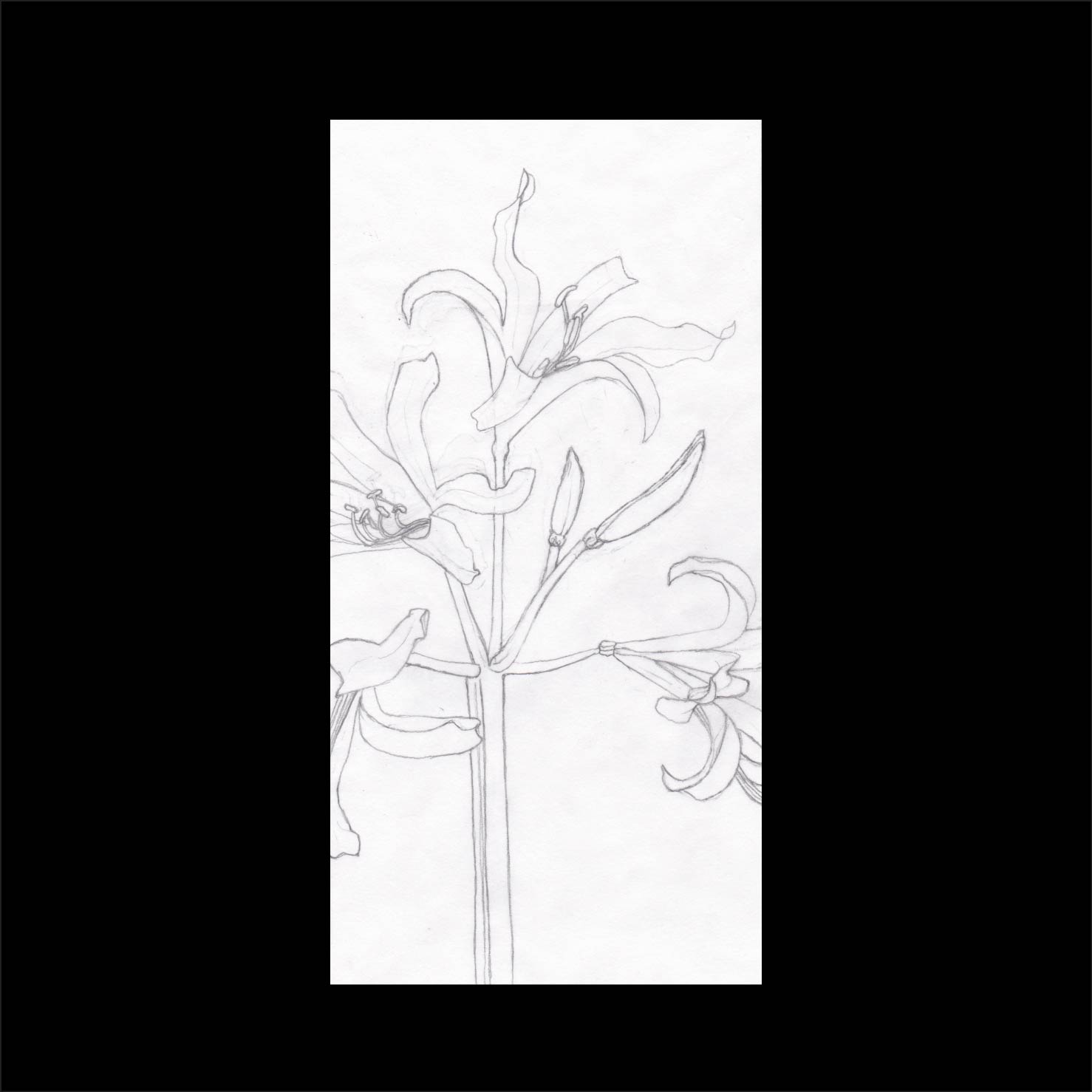
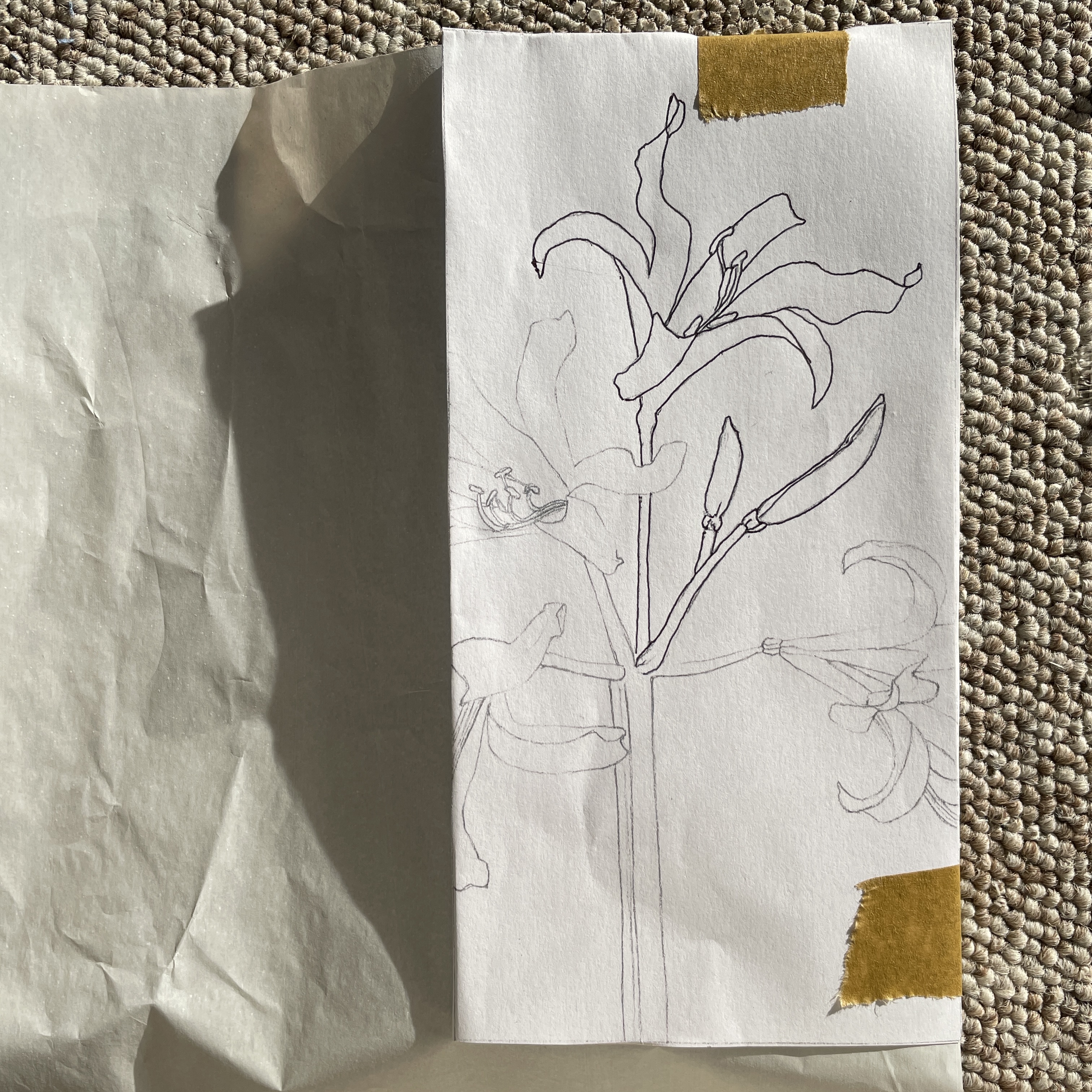
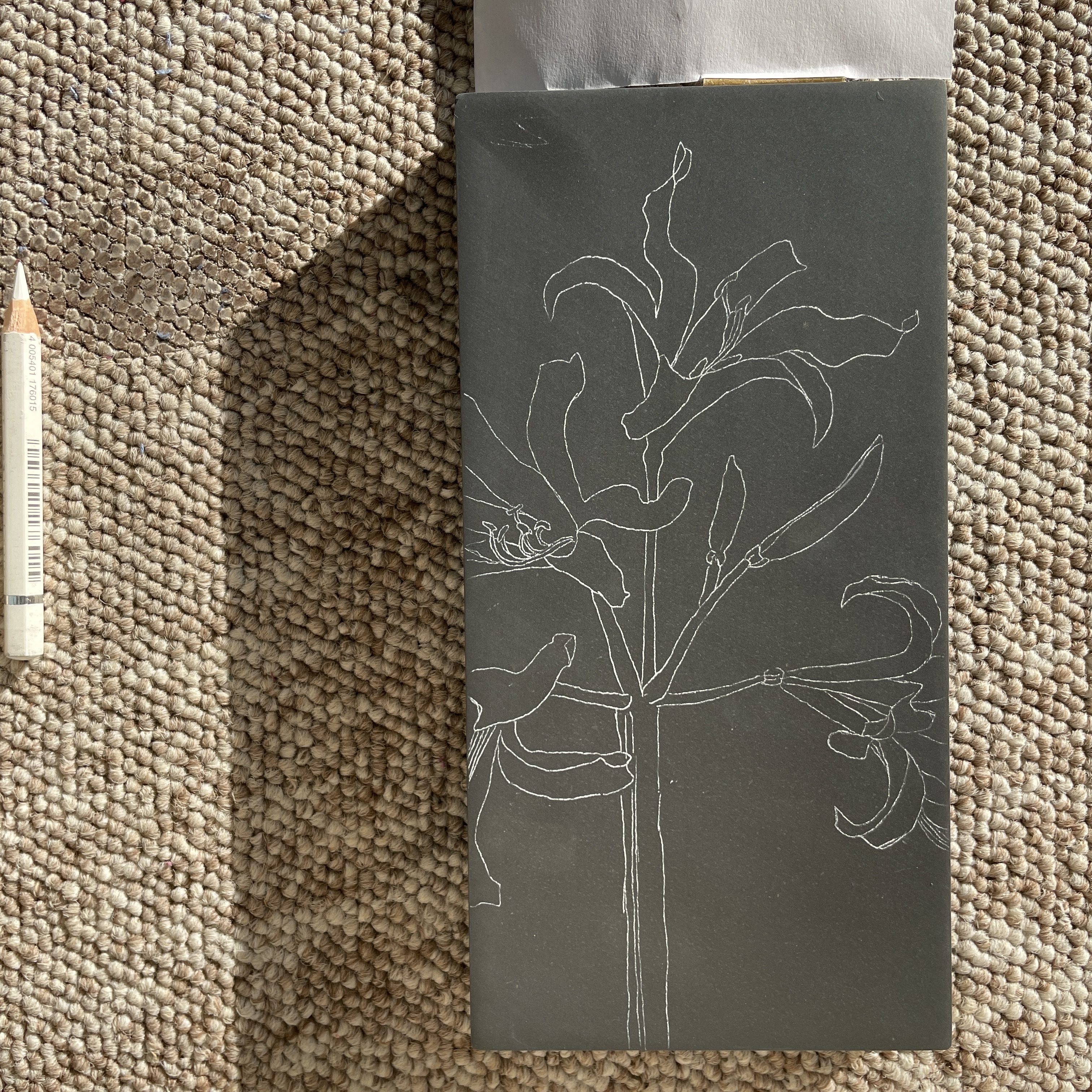

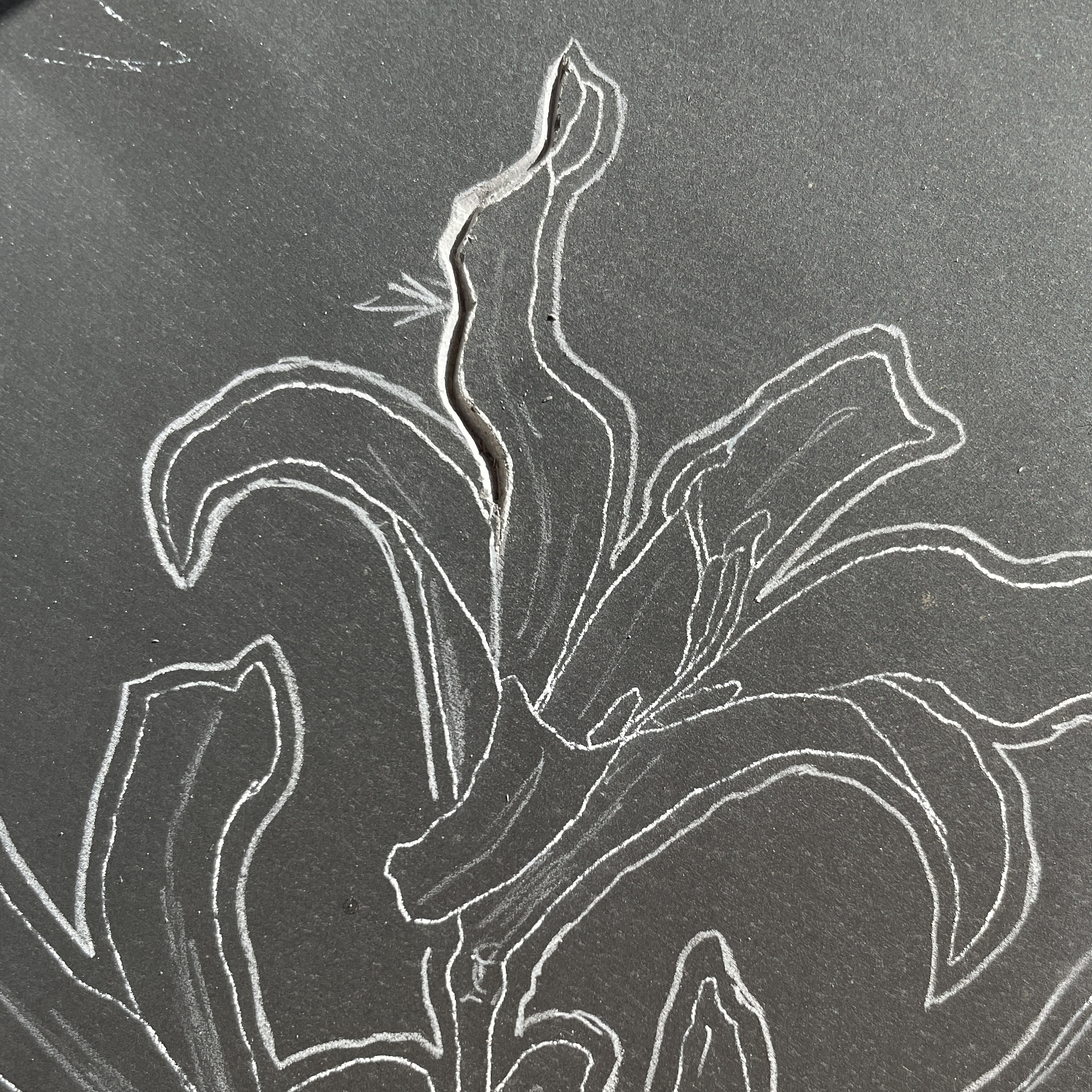

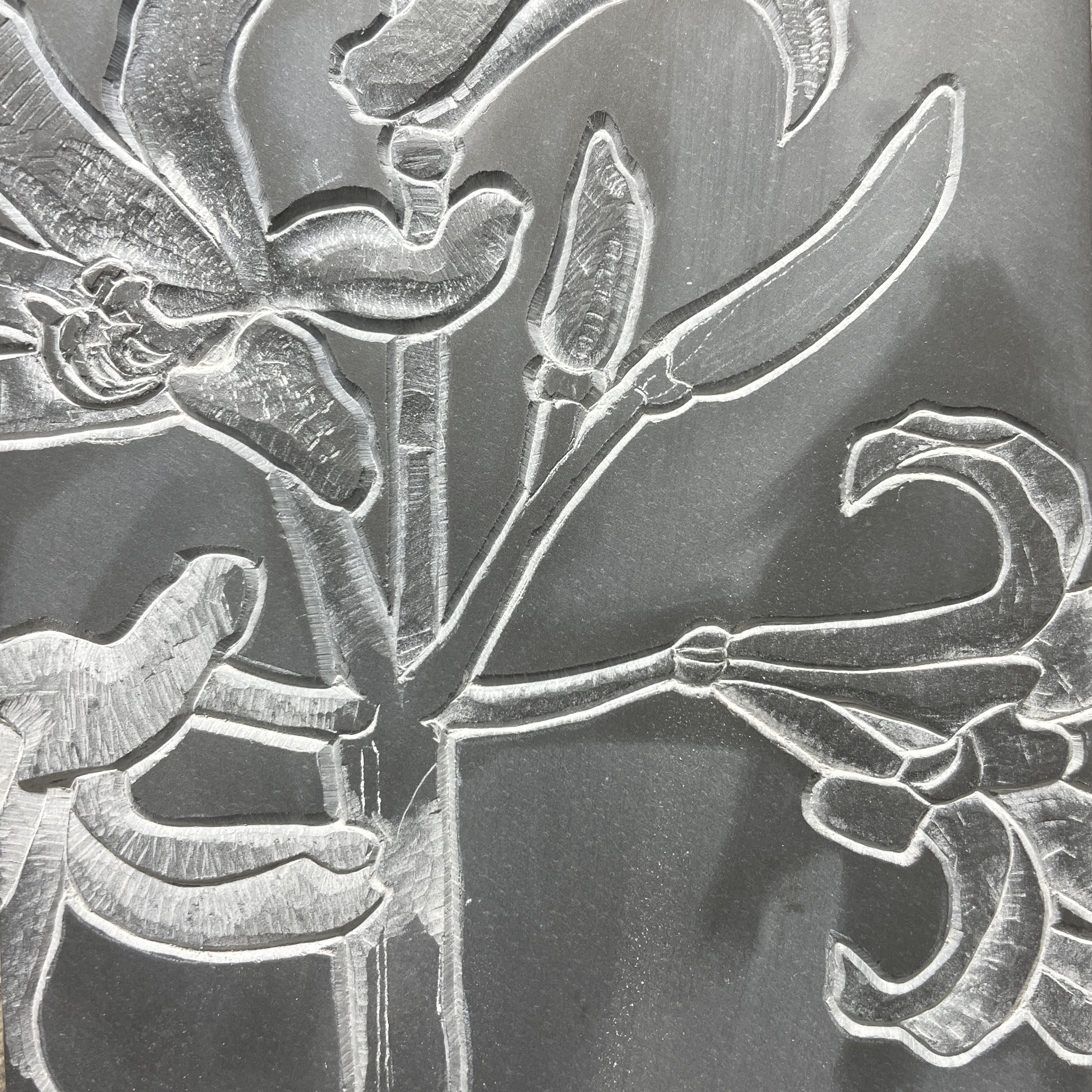
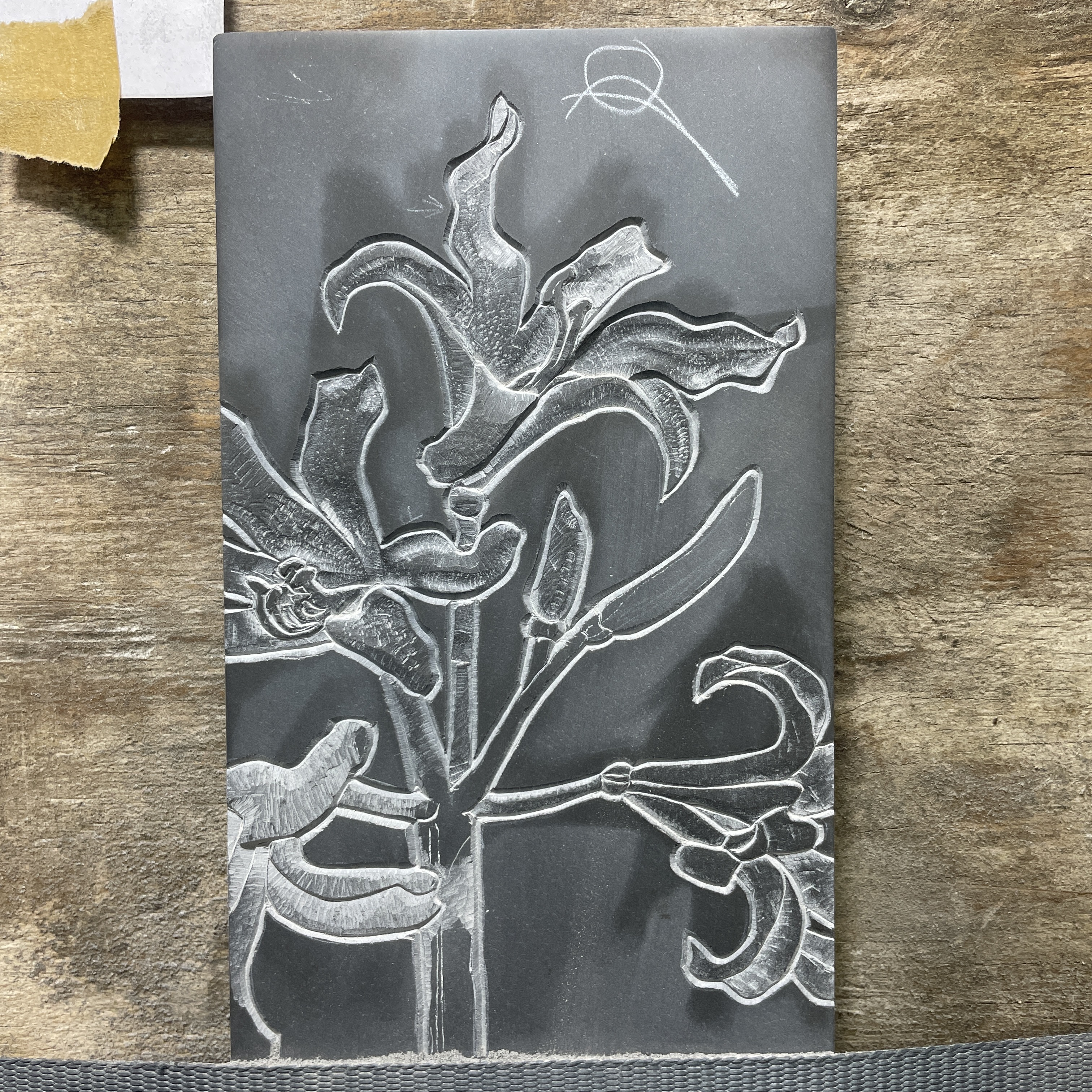

As the final addition to the piece we drill a hole on the back of the piece so it can be hung on a wall and sand back any marks left on the surface.
We intend also to make a cast of this piece so that multiples can be made in plaster and sold.
12. Nereids ︎︎︎